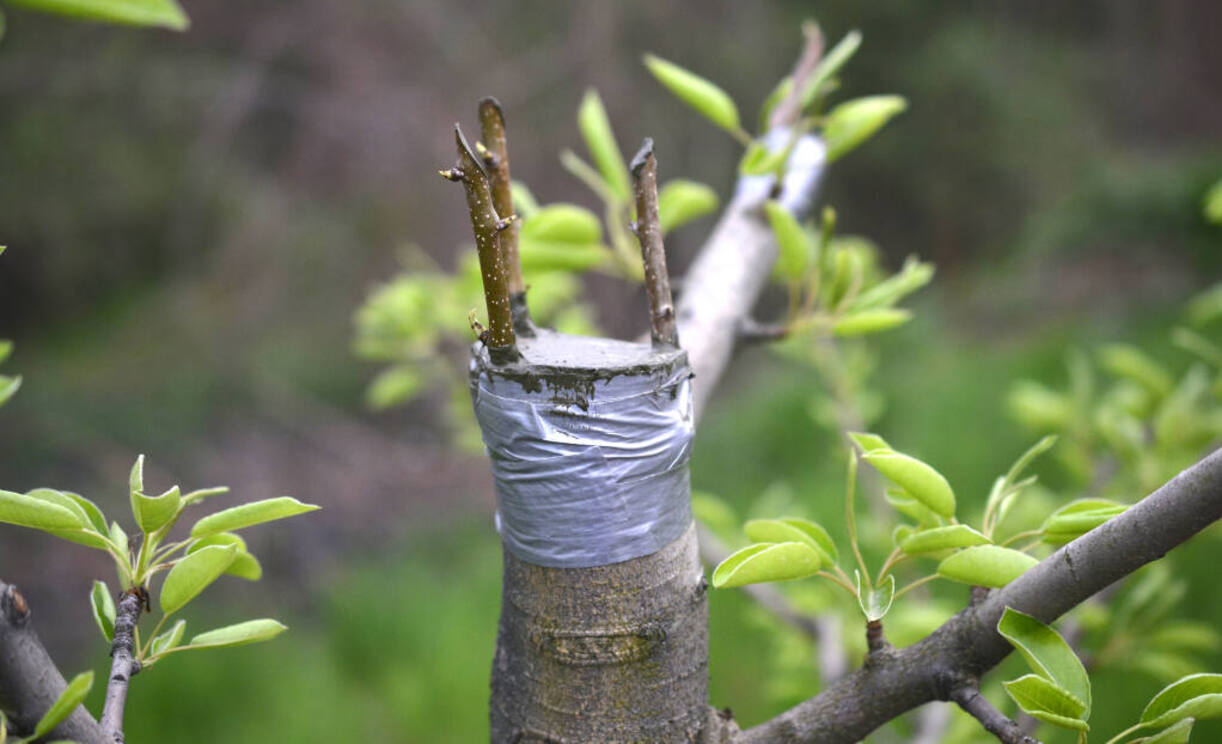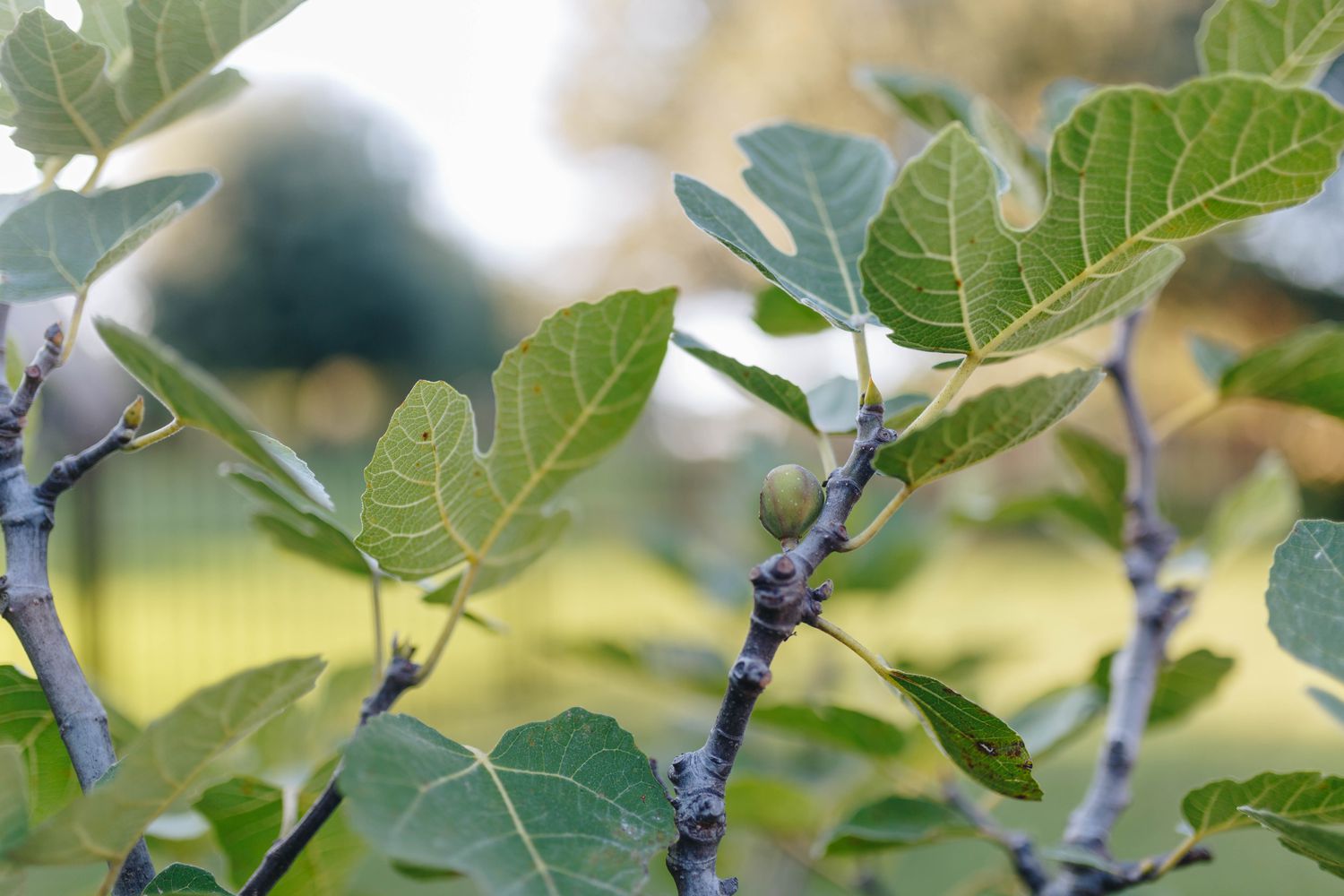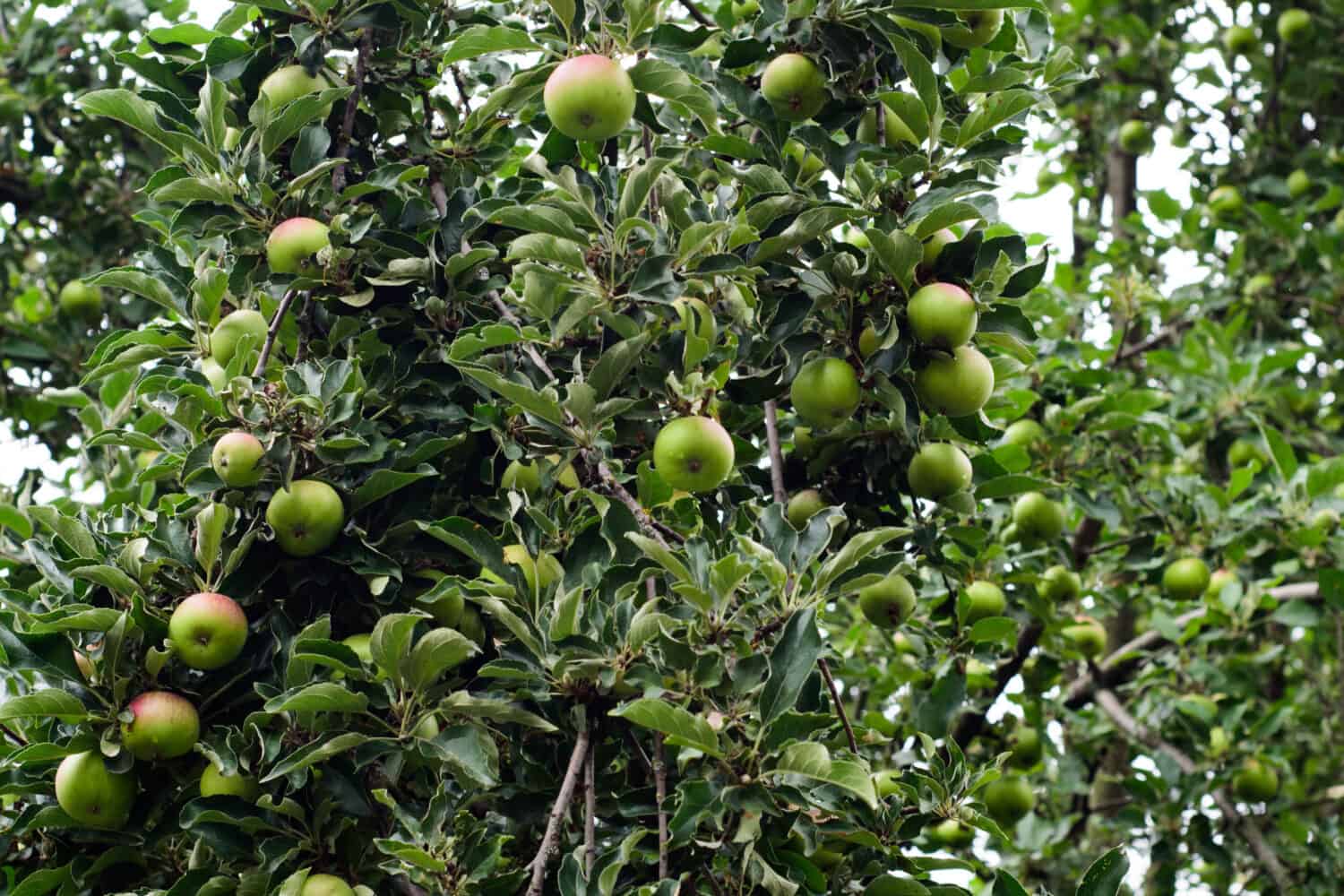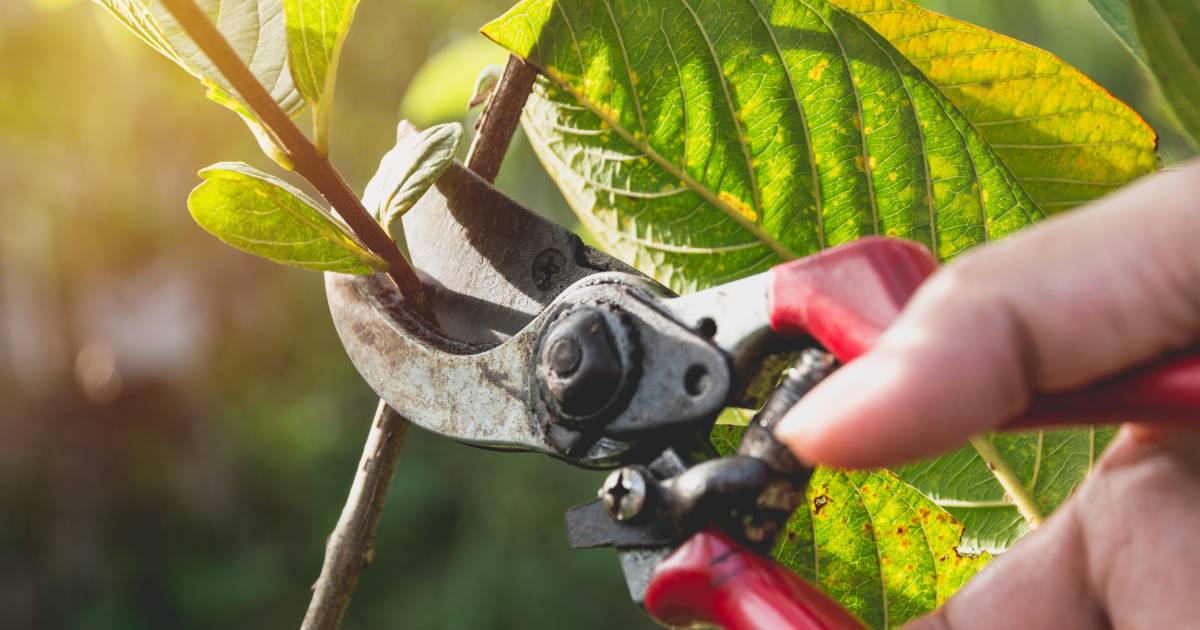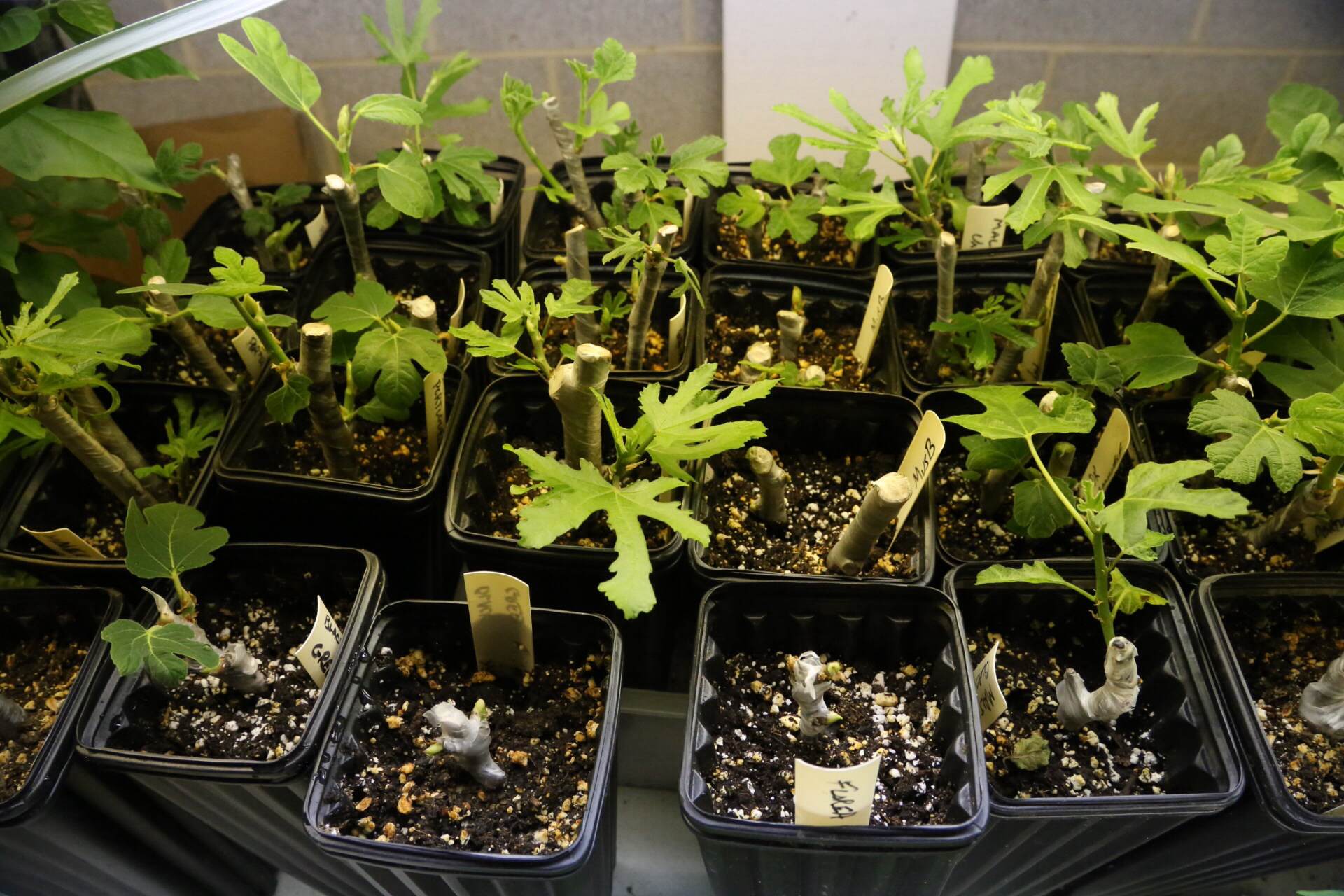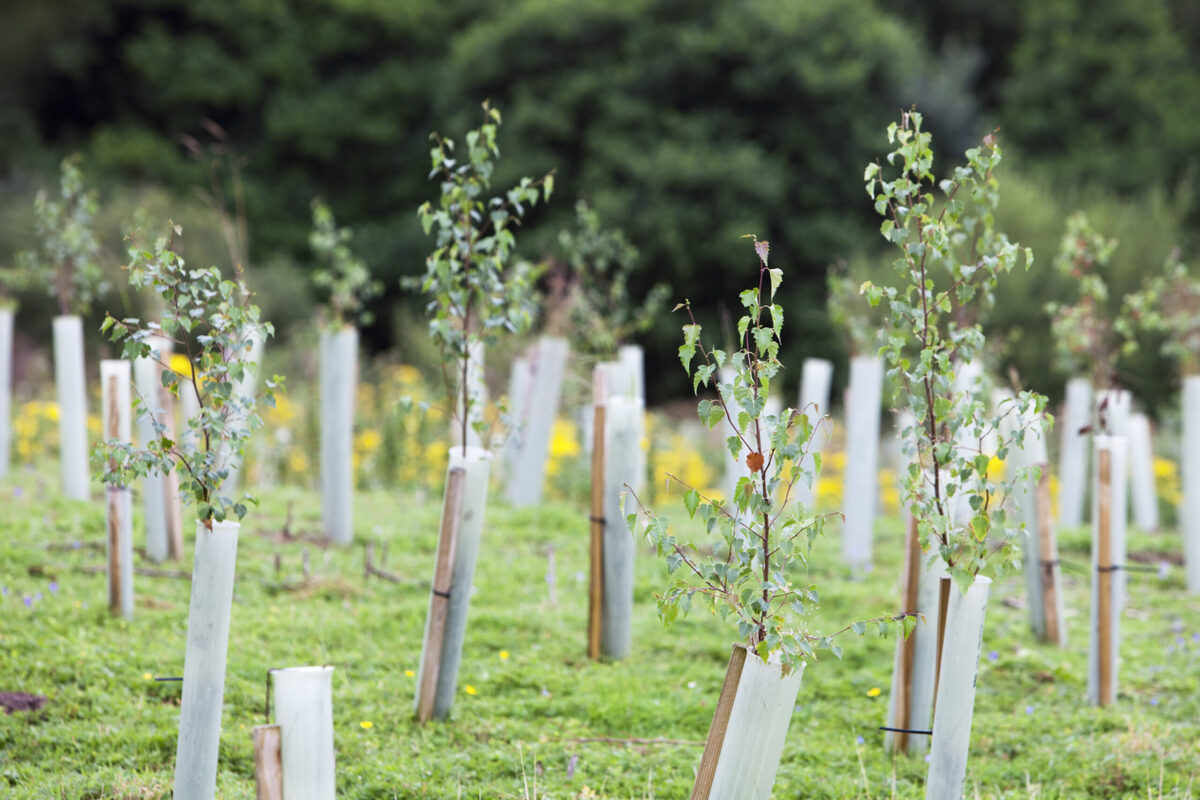Home>Types of Gardening>Edible Gardening>When Do Fig Trees Bear Fruit
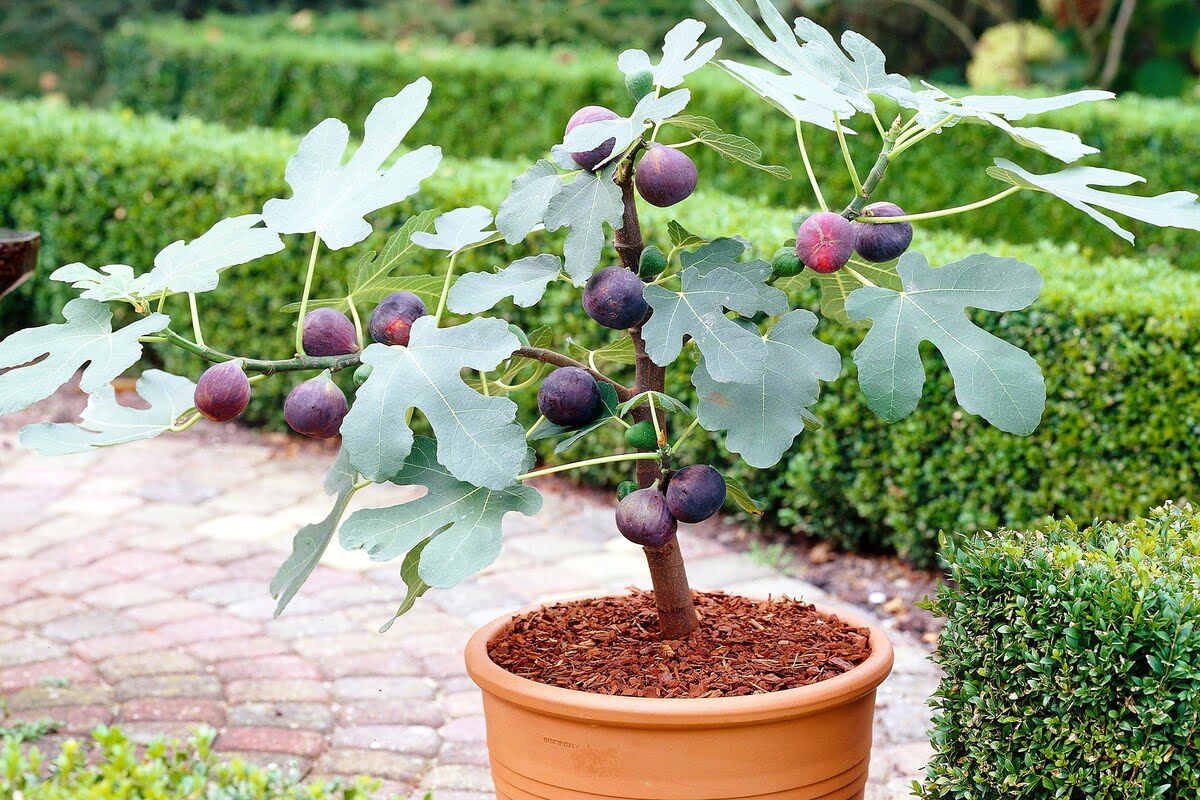

Edible Gardening
When Do Fig Trees Bear Fruit
Published: November 6, 2023
Learn when fig trees bear fruit in your edible gardening journey. Find out the best time for harvesting delicious figs and enjoy the fruits of your labor.
(Many of the links in this article redirect to a specific reviewed product. Your purchase of these products through affiliate links helps to generate commission for Chicagolandgardening.com, at no extra cost. Learn more)
Table of Contents
Introduction
Welcome to the world of edible gardening! If you’re looking to add some beauty and deliciousness to your garden, growing your own edible plants is a wonderful way to do so. One popular option for edible gardening is growing fig trees. Fig trees not only provide an attractive addition to your landscape, but they also offer a bountiful harvest of delicious fruits.
Fig trees have been cultivated for thousands of years and are native to the Mediterranean and Middle Eastern regions. They are known for their unique fruit, which is sweet, juicy, and packed with nutrients. Growing your own fig trees allows you to enjoy the pleasure of picking fresh figs right from your own backyard. Plus, the process of caring for and nurturing your fig tree can be incredibly rewarding.
In this article, we will explore the factors that affect fig tree fruit production, the optimal growing conditions for fig trees, the different varieties of fig trees and their fruit-bearing timelines, the role of pruning in fig tree fruit production, common issues and challenges that may arise, as well as tips for harvesting and enjoying your fresh figs. By the end of this article, you will have a comprehensive understanding of how to successfully grow and enjoy the fruits of your own fig tree.
Factors Affecting Fig Tree Fruit Production
Growing healthy and abundant fig trees requires an understanding of the factors that influence their fruit production. By addressing these factors, you can maximize the yield and quality of your fig harvest.
One key factor to consider is the age of the fig tree. Young fig trees typically take a few years to mature and start bearing fruit. It’s important to be patient during this initial period and give the tree time to establish its roots and develop a strong foundation.
Another crucial factor is the amount of sunlight the fig tree receives. Fig trees thrive in full sun exposure, so it’s essential to choose a location in your garden that receives at least six to eight hours of direct sunlight each day. Insufficient sunlight can lead to poor fruit production and smaller, less flavorful figs.
Soil quality and fertility also play a vital role in fig tree fruit production. Figs prefer well-draining soil with a pH level between 6.0 and 6.5. Amending the soil with organic matter, such as compost or aged manure, can improve its fertility and provide essential nutrients for the fig tree’s growth and fruit development.
Watering is another critical factor to consider. While fig trees are relatively drought-tolerant, they still require regular watering, especially during dry periods or when first establishing. Keep the soil consistently moist but not waterlogged, as excessive moisture can lead to root rot. Regular watering is particularly important during the fruiting season to ensure the development of plump, juicy figs.
Pollination is essential for fig trees to produce fruit. However, figs have a unique pollination process that relies on a specialized wasp called a fig wasp. The complex relationship between fig trees and fig wasps can be difficult to replicate in home gardens. Thankfully, many commercially available fig varieties are self-pollinating, meaning they do not require specialized wasp pollination. Be sure to choose self-pollinating fig tree varieties to ensure fruitful harvests.
Lastly, environmental factors such as temperature and humidity can affect fig tree fruit production. Fig trees generally thrive in warm, Mediterranean-like climates, with temperatures ranging between 70 to 85 degrees Fahrenheit. Extreme heat or cold can damage the tree and reduce fruit production. In regions with colder climates, consider planting fig trees in containers that can be brought indoors during the winter months to protect them from frost and freezing temperatures.
By understanding and addressing these factors, you can create the optimal growing conditions for your fig trees, leading to healthy trees and a bountiful harvest of delicious figs.
Optimal Growing Conditions for Fig Trees
Creating the optimal growing conditions for your fig trees is crucial for their health, productivity, and overall success. Here are some key factors to consider when providing the ideal environment for your fig trees:
- Sunlight: Fig trees thrive in full sun exposure. Choose a location in your garden that receives at least six to eight hours of direct sunlight each day. If you have limited sunlight in your garden, consider growing fig trees in containers that can be moved to sunnier spots.
- Soil: Fig trees prefer well-draining soil with a pH level between 6.0 and 6.5. Ensure the soil is rich in organic matter by incorporating compost or aged manure. This helps improve soil fertility and provides essential nutrients for proper growth and fruit production.
- Watering: While fig trees are relatively drought-tolerant, they still require regular watering, especially during dry periods or when establishing. Keep the soil consistently moist, but avoid overwatering, as excessive moisture can lead to root rot. Water deeply and thoroughly, allowing the water to reach the root system.
- Temperature: Fig trees prefer warm, Mediterranean-like climates. They thrive in temperatures ranging between 70 to 85 degrees Fahrenheit. Protect your fig trees from extreme heat or cold, as they can damage the tree and reduce fruit production. In colder regions, consider planting fig trees in containers that can be brought indoors during the winter months.
- Spacing: Provide ample space for your fig trees to grow and spread their branches. Proper spacing ensures proper air circulation, reduces the risk of disease, and allows the tree to reach its full potential. Space fig trees at least 10 to 15 feet apart.
- Mulching: Apply a layer of mulch around the base of your fig trees to help retain moisture, suppress weed growth, and regulate soil temperatures. Organic mulch, such as wood chips or straw, is ideal.
- Fertilization: Fig trees generally do not require frequent fertilization if the soil is already rich in organic matter. However, if your soil is lacking in nutrients, you can apply a balanced organic fertilizer in early spring to help promote healthy growth and fruit production.
- Pruning: Proper pruning is essential for fig trees to maintain their shape, improve airflow, and maximize fruit production. Prune during the dormant season, removing any dead or diseased branches and shaping the tree as desired.
By providing the optimal growing conditions for your fig trees, you will create a favorable environment for their growth and ensure a bountiful harvest of delicious figs.
Fig Tree Varieties and Their Fruit-bearing Timeline
Fig trees come in a variety of cultivars, each with its unique characteristics and fruit-bearing timeline. It’s essential to choose the right variety for your gardening goals and preferences. Here are some popular fig tree varieties and their typical fruit-bearing timeline:
- Brown Turkey: Brown Turkey fig trees are one of the most common and widely grown varieties. They are known for their sweet and flavorful fruit. Typically, Brown Turkey fig trees start bearing fruit in their second or third year after planting.
- Black Mission: Black Mission fig trees produce dark-purple fruit with a rich and sweet flavor. They are a popular choice for both fresh eating and drying. Black Mission fig trees usually begin producing fruit in their second or third year.
- Celeste: Celeste fig trees produce small to medium-sized fruit with a light brown to purple skin and a sweet, honey-like flavor. They are known for their cold hardiness and can start bearing fruit in their second or third year.
- Kadota: Kadota fig trees produce pale-yellow fruit with a mild and sweet flavor. They are often used for preserves and canning. Kadota fig trees typically start bearing fruit in their second or third year.
- Calimyrna: Calimyrna fig trees produce large, greenish-yellow fruit with a sweet and nutty flavor. They are primarily used for drying. Calimyrna fig trees may take slightly longer to bear fruit, usually around three to four years.
It’s important to note that the fruit-bearing timeline can vary depending on various factors such as growing conditions, climate, and proper care. Providing optimal conditions and regular care, such as watering, proper pruning, and fertilization, can help accelerate fruit production.
Additionally, several fig tree varieties are self-pollinating, eliminating the need for a separate pollinator tree. However, if you choose varieties that require pollination, ensure that you have compatible varieties planted nearby to facilitate the pollination process and maximize fruit production.
When selecting fig tree varieties, consider your local climate and specific preferences regarding fruit size, flavor, and usage. By choosing the right varieties and understanding their fruit-bearing timeline, you can plan accordingly and anticipate the joy of harvesting your homegrown figs!
The Role of Pruning in Fig Tree Fruit Production
Pruning is an essential practice for maintaining the health and productivity of fig trees. When done correctly, pruning can promote better airflow, encourage fruit production, and shape the tree for optimal growth. Understanding the role of pruning can help you make informed decisions and ensure the best results for your fig tree fruit production.
One of the primary purposes of pruning fig trees is to remove dead, damaged, or diseased branches. These branches can be a breeding ground for pests and diseases, and their removal helps maintain the overall health of the tree. Additionally, pruning allows for better air circulation, reducing the risk of fungal infections and improving the drying process of the figs.
Proper pruning also encourages the growth of new fruit-bearing wood. Fig trees bear fruit on the previous year’s growth, specifically on the current season’s dormant buds. By selectively pruning and removing excessive branches, you can redirect energy to the remaining branches, leading to more vigorous growth and increased fruit production.
When pruning fig trees, it’s essential to consider the specific growth habits of the variety you are growing. Some fig trees have a more bushy growth habit and benefit from an open-centered pruning style. This involves removing the central branches to create an open space in the center of the tree, allowing for better sunlight penetration and air circulation.
Other fig tree varieties have a more upright growth habit and may require less pruning. In these cases, focus on removing deadwood and any branches that are crossing or rubbing against each other. It’s important to strike a balance between removing enough branches to allow for better growth and maintaining enough foliage to support the tree’s overall health.
Pruning fig trees is typically done during the dormant season, just before the new growth begins in spring. This is when the tree is less active, making it easier to identify and remove unwanted branches. However, if you notice any dead or diseased branches during the growing season, it’s best to remove them promptly to prevent further spread of diseases and pests.
Remember, every pruning cut affects the future growth and fruit production of your fig tree. Make clean cuts just above a bud or branch junction, ensuring that you do not leave stubs or damage the remaining branches. Using clean, sharp tools will also help minimize the risk of spreading diseases.
By understanding the role of pruning and practicing proper techniques, you can shape your fig tree for optimal fruit production, improve its overall health, and enjoy a bountiful harvest of delicious figs.
Common Issues and Challenges with Fig Tree Fruit Production
While growing fig trees can be a rewarding experience, there are some common issues and challenges that you may encounter during the fruit production process. Understanding these challenges can help you troubleshoot and overcome any obstacles that may arise. Here are a few common issues to be aware of:
- Poor Fruit Set: Fig trees may experience poor fruit set, where the tree produces few or no figs. This can be due to several factors, including inadequate pollination, extreme temperatures, lack of nutrients, or improper pruning. Ensuring proper pollination, providing optimal growing conditions, and addressing any nutrient deficiencies can help improve fruit set.
- Pest Infestations: Fig trees are susceptible to various pests, including aphids, scales, and mites. These pests can damage the leaves, affect fruit development, and weaken the overall health of the tree. Regularly inspect your fig tree for signs of pests and take appropriate measures such as spraying organic insecticides or introducing beneficial insects to control the infestations.
- Disease Susceptibility: Fig trees can be prone to diseases such as fig rust, leaf spot, and root rot. These diseases can cause leaf discoloration, defoliation, and poor fruit quality. To prevent diseases, ensure proper air circulation around the tree, avoid overwatering, and promptly address any signs of infection with appropriate fungicides or cultural practices.
- Bird Damage: Birds are particularly drawn to fig trees and may feast on the ripe fruits before you have a chance to harvest them. To protect your figs from birds, consider using bird netting or hanging reflective objects to deter them.
- Extreme Weather Conditions: Fig trees can be sensitive to extreme weather conditions, such as frost, high winds, or prolonged periods of heat and drought. Protect your fig tree from freezing temperatures by covering it with blankets or bringing potted trees indoors during the winter. Provide additional watering during dry spells and ensure proper mulching to regulate soil temperature and moisture levels.
It’s important to monitor your fig trees regularly for any signs of distress, whether it be pests, diseases, or environmental factors. Promptly addressing these issues and taking preventive measures can help maintain the health and productivity of your fig trees.
By being attentive to these common challenges and implementing appropriate solutions, you can ensure the successful fruit production of your fig trees and enjoy a plentiful harvest of delightful figs.
Harvesting and Enjoying Fresh Figs
One of the most anticipated and rewarding parts of growing fig trees is the harvest. When the figs ripen, you’ll have the opportunity to enjoy the delicious fruits straight from your garden. Here are some tips for harvesting and savoring your fresh figs:
1. Knowing when to harvest: Figs are ready to be harvested when they have fully ripened and are soft to the touch. The color of the figs will vary depending on the variety, with some turning brown or purple, while others remain green or yellow. Gently squeeze the fig and if it feels soft and gives slightly, it is ready to be picked.
2. Handling the fruit: Figs can be delicate, so it’s important to handle them with care to avoid bruising or damaging the fruit. Use your fingers to gently remove the fig from the tree, or you may opt to use scissors or pruning shears to cut the fig from the branch.
3. Washing and storage: Once harvested, you can wash the figs gently under cool water to remove any dirt or debris. Avoid soaking the figs as they are prone to absorbing water, which can affect their flavor and texture. Fresh figs are best enjoyed immediately after harvesting, but if you have an abundant harvest, you can store them in the refrigerator for a few days.
4. Enjoying fresh figs: There are numerous ways to savor the delightful flavors of fresh figs. You can enjoy them as a simple and healthy snack, slice them and add them to salads, or incorporate them into desserts, such as tarts, pies, or cakes. Fresh figs also pair well with cheeses, honey, and nuts, making them a versatile and delicious addition to a cheese board or charcuterie platter.
5. Preserving figs: If you have an abundance of figs and want to enjoy them beyond the harvest season, there are several ways to preserve them. Figs can be dried, either naturally in the sun or using a dehydrator, which concentrates their flavors and extends their shelf life. They can also be made into jams, preserves, or chutneys, allowing you to enjoy the taste of summer figs throughout the year.
Remember, the joy of growing fig trees extends beyond the act of harvesting. Take a moment to appreciate the beauty and fragrance of the fig tree itself, as well as the process of nurturing and caring for it. Growing your own fig trees and indulging in the pleasure of freshly picked figs is a delightful experience that truly connects you to the wonders of nature.
Conclusion
Growing your own fig trees and experiencing the journey from planting to harvesting is a rewarding and fulfilling endeavor. By understanding the factors that affect fig tree fruit production, providing optimal growing conditions, selecting the right varieties, and implementing proper pruning techniques, you can maximize the yield and quality of your fig harvest.
Throughout this article, we have explored the importance of factors such as sunlight, soil quality, watering, temperature, and pruning in fig tree fruit production. We have also discussed common challenges like poor fruit set, pest infestations, diseases, bird damage, and extreme weather conditions, and provided guidance on how to overcome them.
Harvesting and enjoying the sweet and succulent fruits of your own fig tree is the ultimate reward for your efforts. Whether you choose to enjoy figs fresh from the tree, incorporate them into various recipes, or preserve them for later use, the flavors and experiences they provide are unparalleled.
Remember to take pleasure in the process itself – tending to your fig trees, watching them grow and thrive, and connecting with nature. Edible gardening, especially with fig trees, allows you to embrace the beauty, flavors, and joys of nature right in your own backyard.
So go ahead, give edible gardening a try, and indulge in the wonder of growing your own fig trees. Happy gardening and enjoy the bountiful harvest of delicious figs!
